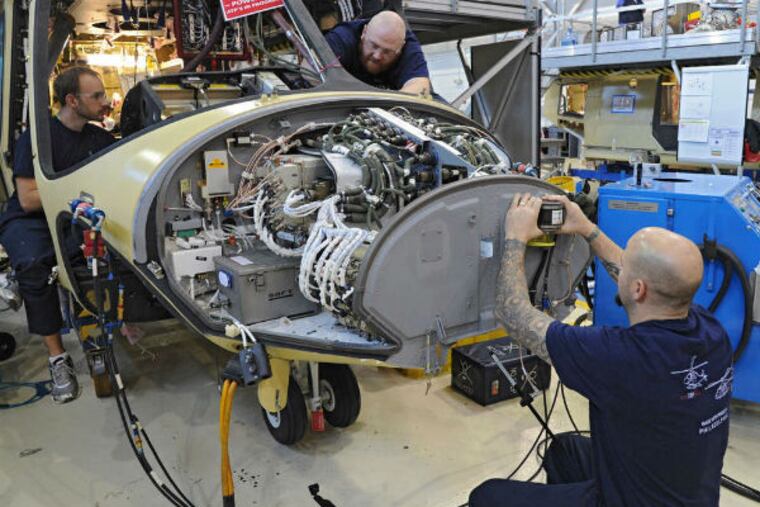Manufacturer optimism fades - a bit - for Philly region
The region's manufacturers remain optimistic about growth, but their optimism is fading somewhat compared with earlier months, the Federal Reserve Bank of Philadelphia reported Thursday in its closely watched monthly Manufacturing Business Outlook Survey.

The region's manufacturers remain optimistic about growth, but their optimism is fading somewhat compared with earlier months, the Federal Reserve Bank of Philadelphia reported Thursday in its closely watched monthly Manufacturing Business Outlook Survey.
Manufacturers are still hiring, but at a slower pace - a pattern that will persist over the next six months, according to the survey. The workweek has also diminished.
The survey reflects responses from 72 employers in eastern Pennsylvania, South Jersey, and Delaware.
Manufacturers are still reporting an increase in demand for manufactured goods - as indicated by new orders. But demand slipped in November and manufacturers are predicting it will further erode, although slightly, in the next six months, according to the survey.
On the price side, manufacturers mostly expect to receive the same price or higher for their goods in the next six months, with only a small fraction expecting to have to decrease prices.
As for costs, manufacturers worry most about the cost of health benefits for employees, with most expecting to pay 8.2 percent more to cover their workers in 2015. Nearly four in 10 expect to face a 10 percent increase, and 12 percent expect to pay more than 15 percent.
Manufacturers expect to pay 2.3 percent more to cover wages, but in the 1.5 percent range for other expenses such as raw materials and nonhealth benefits. By contrast, nearly half of those surveyed said they expected a decrease in energy costs in 2015.